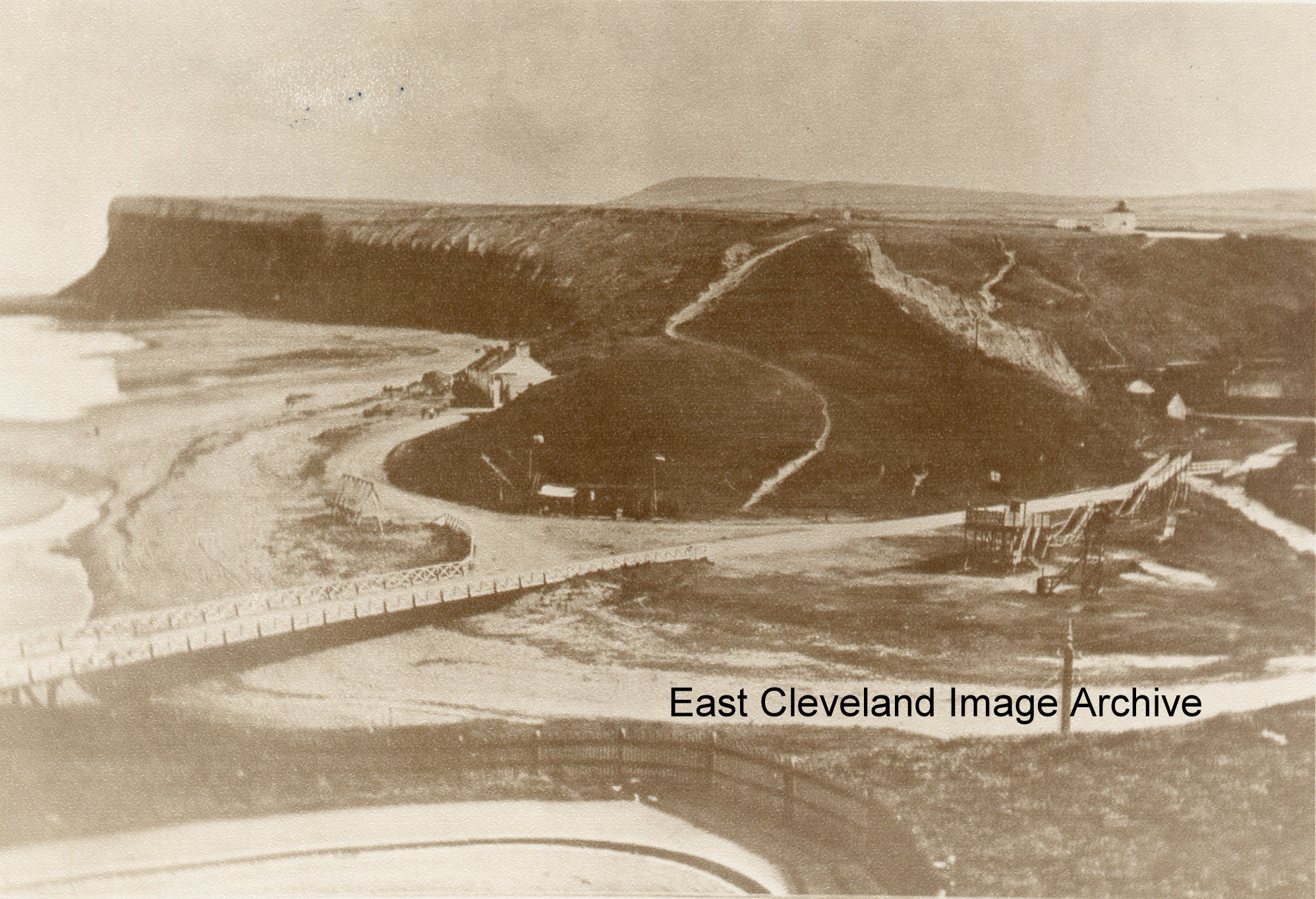
Once again a photograph believed to have been taken between 1880 and 1895, but it is not as we know Saltburn today.
Image courtesy of the Pem Holliday Collection and thanks to David Richardson for the dating update.
|
|
||
 Once again a photograph believed to have been taken between 1880 and 1895, but it is not as we know Saltburn today. 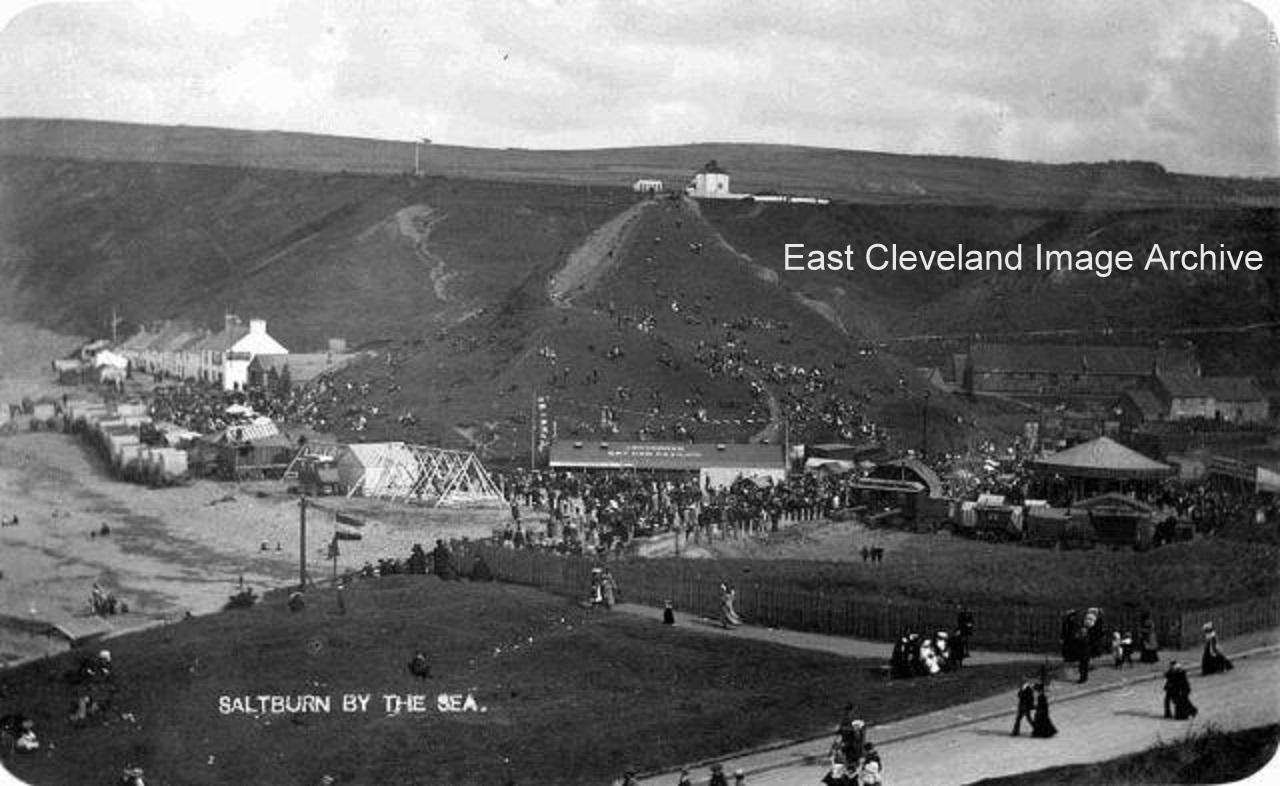 Saltburn in it’s hey day, the swing boats are there, the are bathing huts lined up on the beach and lots of people taking the air. Interestingly the fair to the right of the photograph is on the large grassed area on the top promenade; also lots of people on the sides of Cat Nab. Image courtesy of Mike Holliday. 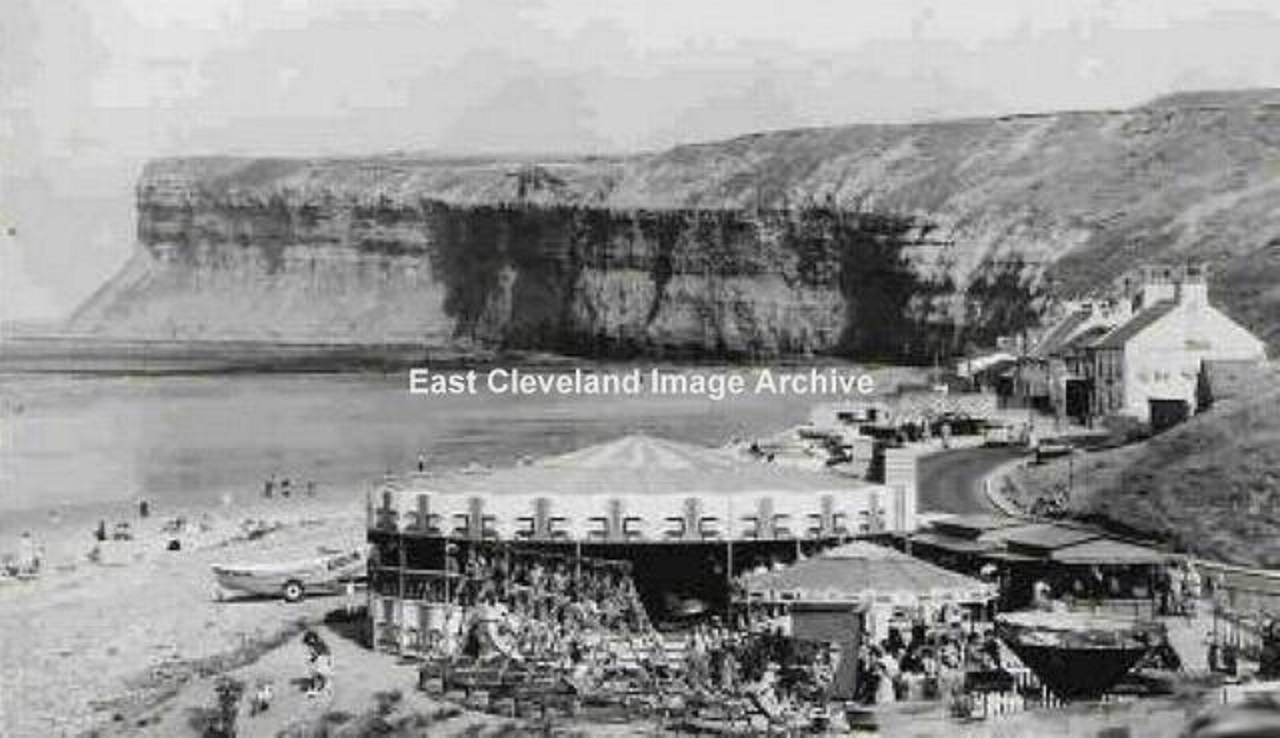 I think this is the waltzers at Saltburn, do you remember them? I almost feel giddy thinking if riding on them. Looking past the waltzers, it is a lovely photograph of the bay and Huntcliff, hasn’t changed a lot has it? Image courtesy of Mike Holliday. 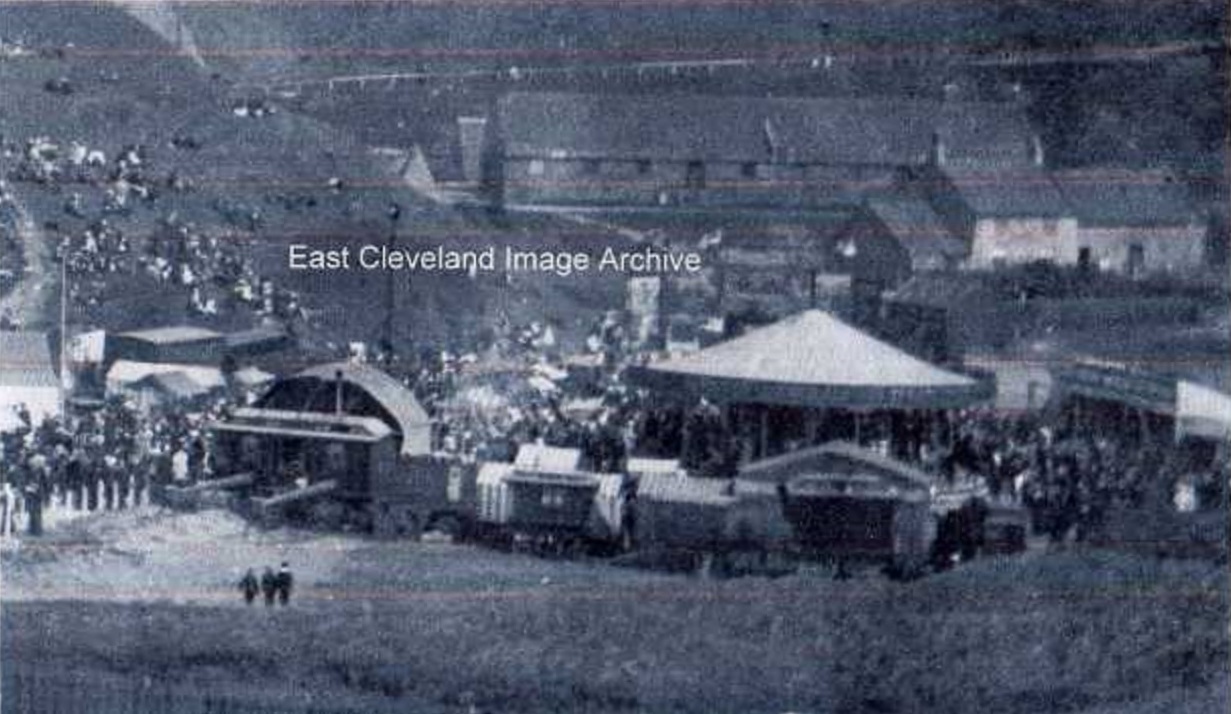 Another fair from many years ago by the look of the picture, but there are lots of people there. Image courtesy of Mike Holliday. 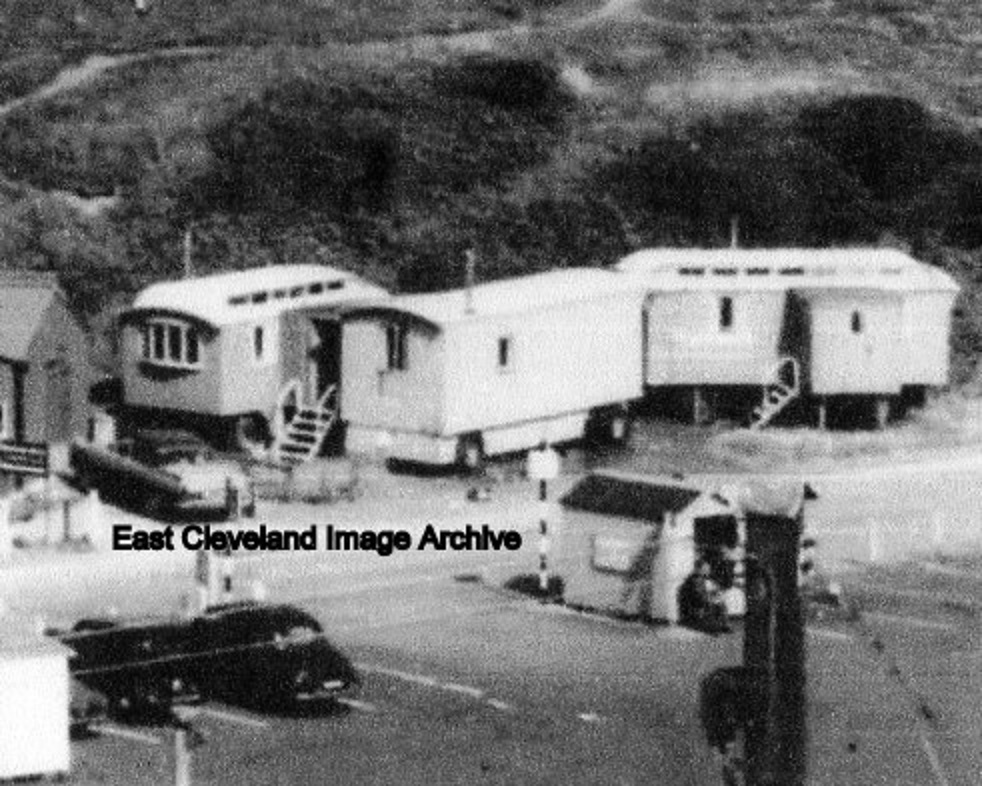 Nestling under Cat Nab were these wonderful old caravans at Saltburn, Owen Rooks tells us: ”I believe that these caravans belonged to a showman named Laurie Rudland whose permanent home was in Middlesbrough. They appeared each year for the duration of the summer holiday seasons during the 1950?s and early 1960?s when Mr Rudland and his family set up and operated the fairground over the road next to the beach.” Mark Thompson adds: “I remember those being there in the 1980’s, painted grey; not sure when they would have been removed though. Same decade I guess?” Image courtesy of Mike Holliday, thanks to Owen Rooks and Mark Thompson for the updates. 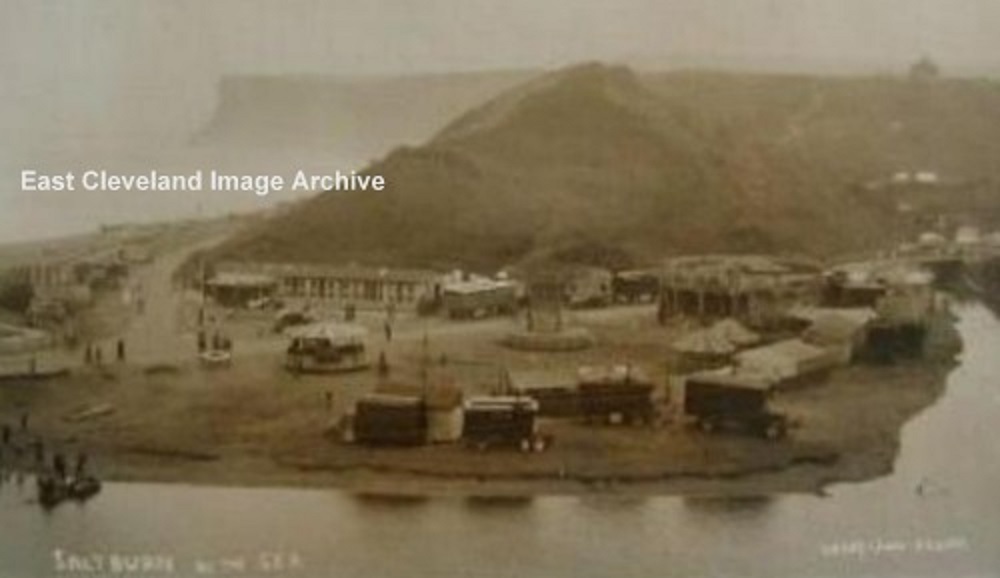 The fair at Saltburn; with caravans and rides but not as we know them today, but I bet they still pulled the crowds it would be a great occasion. Image courtesy of Mike Holliday. 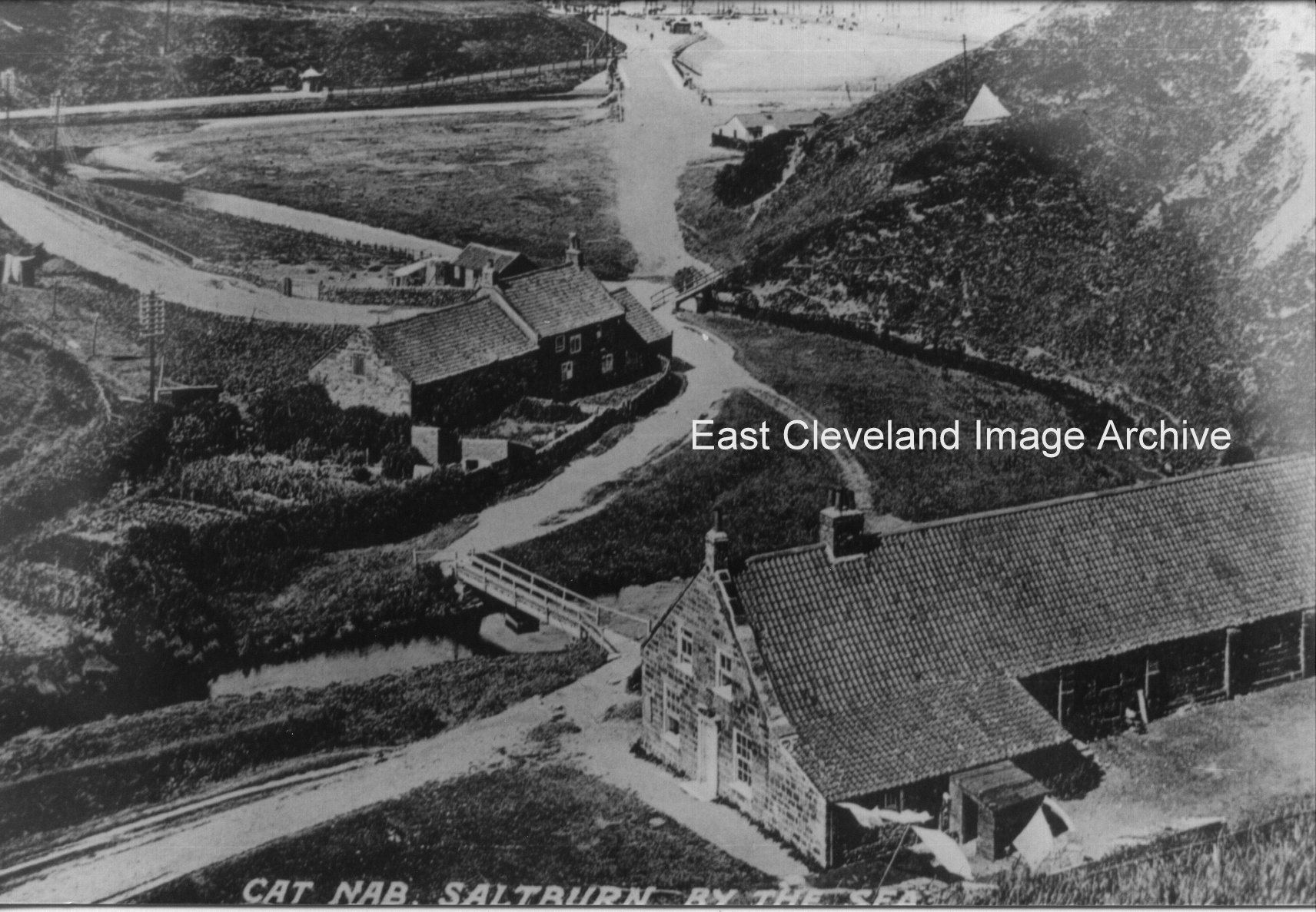 One of Saltburn’s well known land marks, no car park and no miniature railway! Callum Duff tells us: ”The small building seen in the distance (on the west side of the Valley gardens) was a toll booth for residents and visitors to gain access to the gardens. This photo pre-dates the Miniature Railway by about 30 years and looks to have been taken before World War II.” Image courtesy of several sources, thanks to Callum Duff for the update. 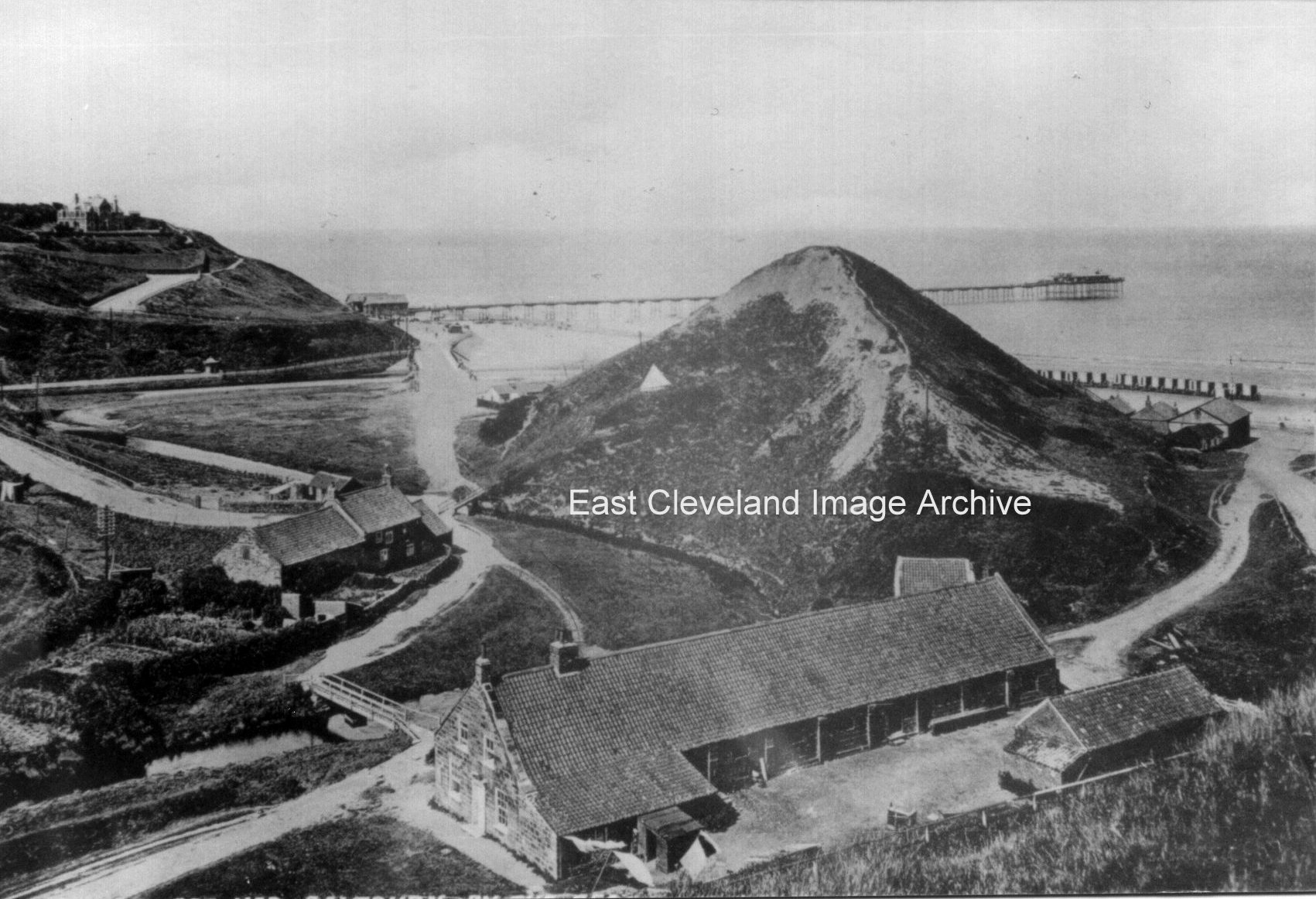 Same land mark from a different angle, the pier can be clearly seen in this photograph; as well as the bathing huts lined up on the beach. 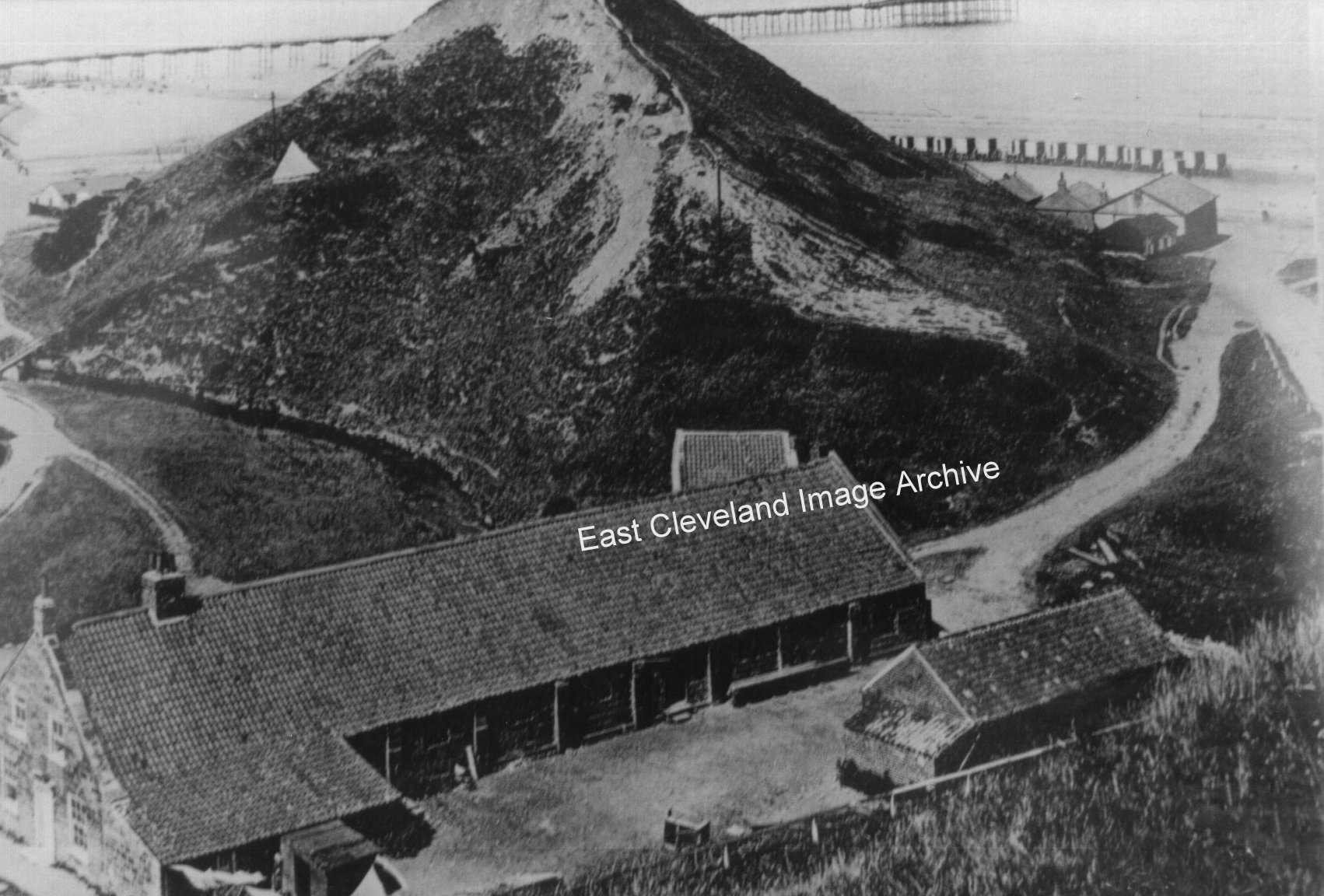 Another angled view of Cat Nab, looks quite different a long the front, The Archive asked: “What are the buildings?” The only one that stands there now is the old mortuary. Look at that beautiful long pier. Callum Duff assisted with: ”The three buildings to the right of Cat Nab are (L-R); The Mortuary, The Rocket Brigade and Saltburn Lifeboat Station. The Lifeboat station was demolished not long after 1924 when Saltburn’s last lifeboat ‘The Mary Batger’ was sold. It was also removed to facilitate the widening of the road. The Rocket Brigade was a land to sea rescue unit which I assume was replaced over time by more modern rescue techniques. This building also appears to have been lost due to road widening leaving the Mortuary which stands to this day. The Mortuary was recently sold and at the time of writing, it’s future use is unknown.” Image courtesy of Mike Holliday, thanks to Callum Duff for the update. 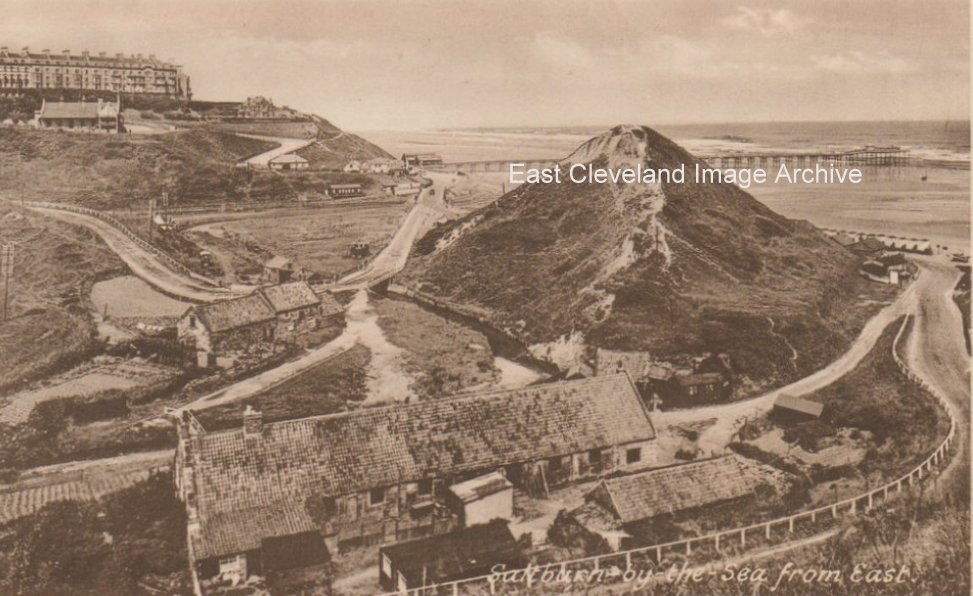 Saltburn Mill House in the foreground still stands, much modernised, to this day, as Callum Duff advises: ”Saltburn Mill was actually situated a few yards up Saltburn Gill to the south of this view. Its millrace ran the length of the valley either following the current footpath or running alongside it. It was demolished around 1920.”. The small buildings behind it are now gone – replaced by the sewage treatment plant. Cat Nab (so named because it looks like a crouching cat) shows the paths from the boot marks of the boots of adventurous Victorians, eager to try the air – the scars are much deeper these days and beyond recovery. Anne Watson adds: “I have an almost identical postcard, with a 1.5d George V stamp. Our family spent many weekends and holidays there, 1930s to 1950s, as my great uncle owned the hut shown under the nab – called Nestleton Cot. The building in the foreground was a farm and as kids around 1950 we used to help the farmer’s dog bring cows in for milking. I think his name was Smith. The track to the field ran between the farm and the beck.” Peter Appleton advises: “The long house in the foreground was, almost certainly, the alum house for the alum works at Selby Hagg, Skelton. The first period of operation, from about 1617 to, perhaps, 1630 saw the alum house located in the quarry (which is located ESE from Hagg Farm and ENE from the Asda roundabout). The alum operation was resumed by Edward Trotter of Skelton Castle, on behalf of his father-in-law, Sir John Lowther, in 1670. In letters written to Sir John, it is explained that the laying of the troughs has begun and will be a very costly exercise. Those troughs, a wooden conduit, ran the entire length of Saltburn Gill, from the quarries to the long house at Cat Nab. That’s almost 2km in length! They operated for about 20-25 years. When John Hall Stevenson resurrected the alum works in 1765, the quarries, troughs and alum house were all refurbished. It is highly likely that the stone walls and probably some of the roof beams will have originally been part of the alum house.“ Many thanks to Callum Duff, Anne Watson and Peter Appleton for the updates. |
||
Recent Comments